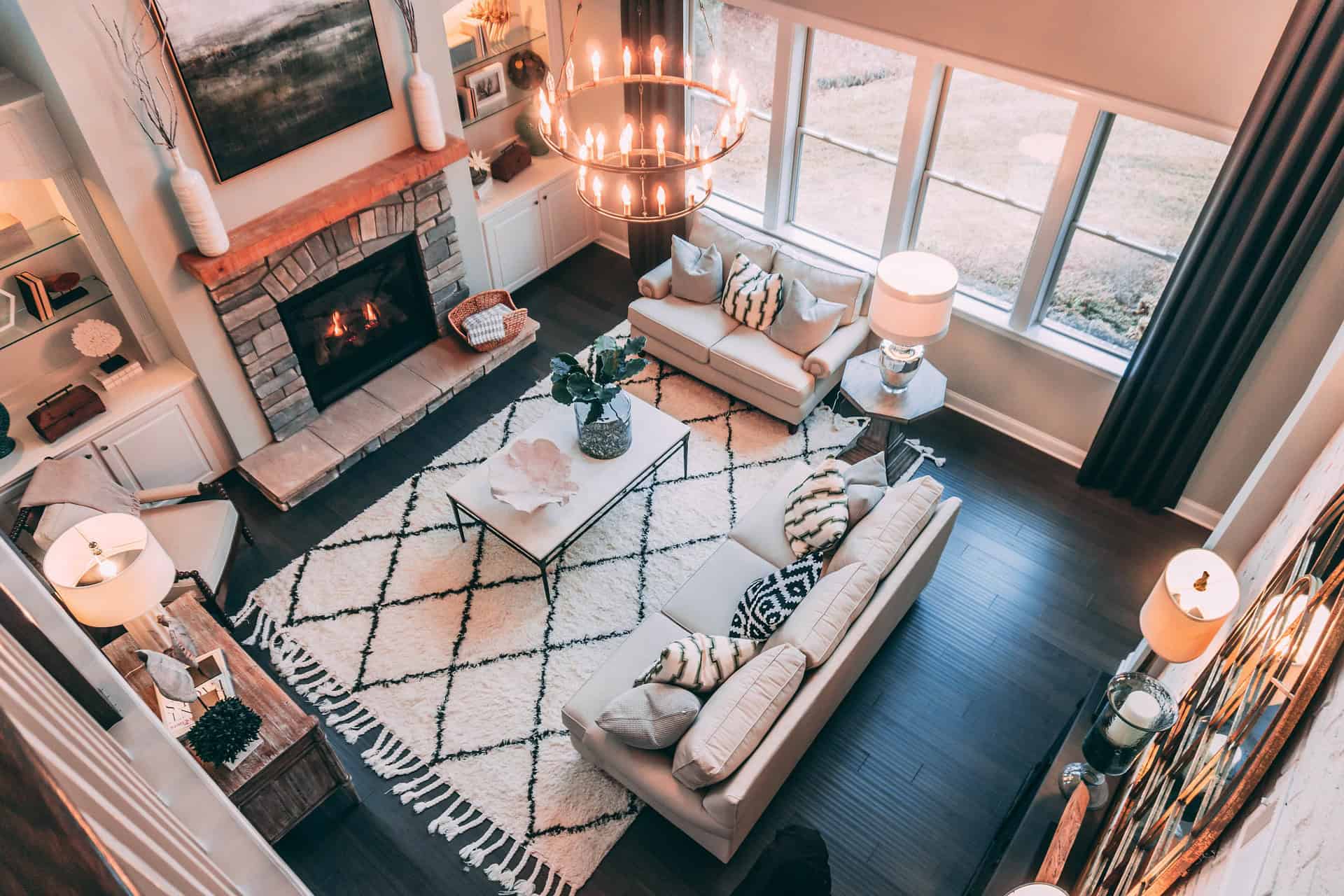
For real estate agents, spring 2020 has not been business as usual. With the lockdown keeping everyone in their homes and social distancing rules that it seems are here to stay, the traditional home selling has changed a lot, and the market itself has taken a hit. While it’s still too early to tell if we’re headed towards a crash, the number of home sales in the past few months has decreased. In March, the number of home sales has dropped by 8.5%, and the National Association of Realtors estimates that they could further drop by up to 40% in the following months. As agencies struggle to sell their stock, the new context also calls for new measures and adaptive tactics. One of them, virtual home viewings, could mark a new beginning for real estate professionals.
Before the pandemic, virtual home viewings were a nice extra to have. Upscale realtors had them, and luxury home buyers used them when they wanted to view overseas properties. Now, they could become the new norm, and those who neglect them could be missing out on a potential sale.
How do virtual home viewings work?
Normally, home sellers organize an open house, and people come by to look at it. Virtual home viewings are the closest equivalent to open houses in the digital world. Interested buyers see an ad, schedule a viewing with the agent, and they arrange a virtual meeting, which can take place in two possible ways:
- Via a video call where the agent walks the interested buyer through every room in the house and showcases its features.
- Via a virtual 360 tour where the client explores the entire home at their own pace, from their computer.
Real estate agencies from all over the world have reported a surge in the use of virtual viewings, and many have taken to visual-driven platforms like Instagram to showcase their best properties.
- More than half of U.S. Internet users have taken at least one virtual tour (National Association of Realtors).
- 54% of home buyers refuse to visit a property if it doesn’t have visuals of any kind (National Association of Realtors).
- Listings that include a virtual tour get 87% more views (Realtor.com).
- A virtual tour increases the time users spend on the website by up to 10 times (Panomatics Cities).
Obviously, virtual home viewings don’t mark the end of real-life visits. After they like what they see in a virtual tour, buyers will still want to look at the property personally, but virtual home viewings help houses make it past the initial shortlisting. They highlight its main selling points and pique even the interest of those clients who wouldn’t normally have driven down to see it.
But make no mistake, a digital viewing is still a viewing, and the success of your sale might even depend on it. Even if it takes place in another medium, the rules are practically the same: you have to be professional, make a great impression, and present the property in the best possible light.
Here are some tips to boost the client’s experience during the home viewing:
Virtual tours
- Work with a professional companythat has an excellent track record with 360 video tours. Many video production companies have only recently included virtual tours in their services portfolio and may not have the know-how to address your particular needs, so, to avoid unpleasant surprises and long delivery times, go for a provider that has more experience.
- Optimize your tour for mobile viewing. The experience should be as smooth on mobile as it’s on desktop, and users shouldn’t need a big screen to explore all the features of the home.
- Use music. According to Melody Loops, the background music you choose for your virtual tours is key in setting the mood. For best results, it has to be non-distracting, but match the look and feel of the house. For example, if you’re trying to sell a family home in the suburbs, choose warm, upbeat music, and if you’re selling a luxury condo downtown, choose sophisticated, posh tunes.
- Add interactive features. Talk to your production company and ask them if they can incorporate interactive elements in the video. For example, if they click on a furniture item, they can see what wood it’s made from or how old it is.
- Include the property surroundings in the video tour. If the home is located right next to a park, school, or landmark, show it off. People care about their surroundings. Adding extra elements to the tour will raise the production cost, but it will attract more buyers too!
Video calls
If you’re not ready to invest in virtual tours yet and you’re presenting the property via a video call, these strategies will help you make a good impression.
- Show up early. Don’t arrive at the last minute. Come to the property at least half an hour early so you can test your Internet connection, camera, and microphone.
- Use the right tools. Don’t rely on just your mobile phone. Invest in a good camera and microphone so that clients can see and hear you properly.
- Tweak the camera settings. Adjust white balance, aperture, and other settings to enhance image quality and make sure the client can see everything clearly. However, you should avoid effects. They might look flattering, but they can be misleading and unnatural and make the viewer feel like you’re hiding something.
- Schedule the meeting at the right time. Avoid video calls around sunrise and sundown because the light is harsh and unflattering.
- Make sure you have consistent artificial lighting in every room. Passing from a well-lit room to a dark one can affect the client’s perception and give them the wrong impression.
- Pay attention to colors and contrast. Some color combinations look great in real life but don’t pick up that great on camera. Before scheduling a meeting, do a test shoot to see if the house looks as flattering. If not, play around with colors and contraststo add a feeling of warmth.
Last but not least, remember that virtual viewings are as important as any other. Be professional, smile, and answer the client’s questions as thoroughly as possible, as if they were there.

